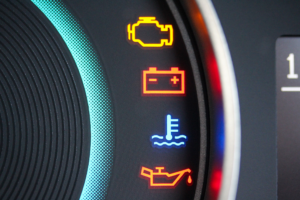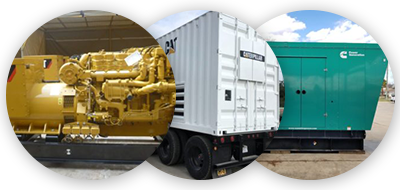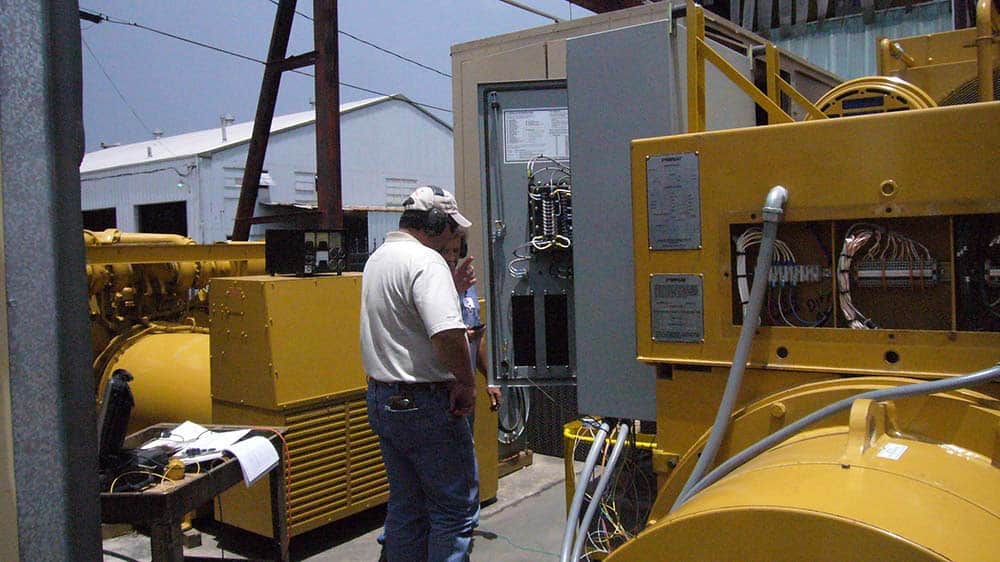
Picture this: the lights suddenly go out, but your business doesn’t skip a beat. How is that possible? With a reliable generator and routine load bank testing, you’ll be prepared for anything that comes your way.
When the power goes out, will your generator power your business as planned? Make sure the generator you invested in will handle the load your business requires by conducting routine generator load bank testing.
Regular load bank testing confirms your generator can handle the power load needed to keep your business running. A generator load bank test assesses your generator’s ability to provide reliable backup power during a power disruption.
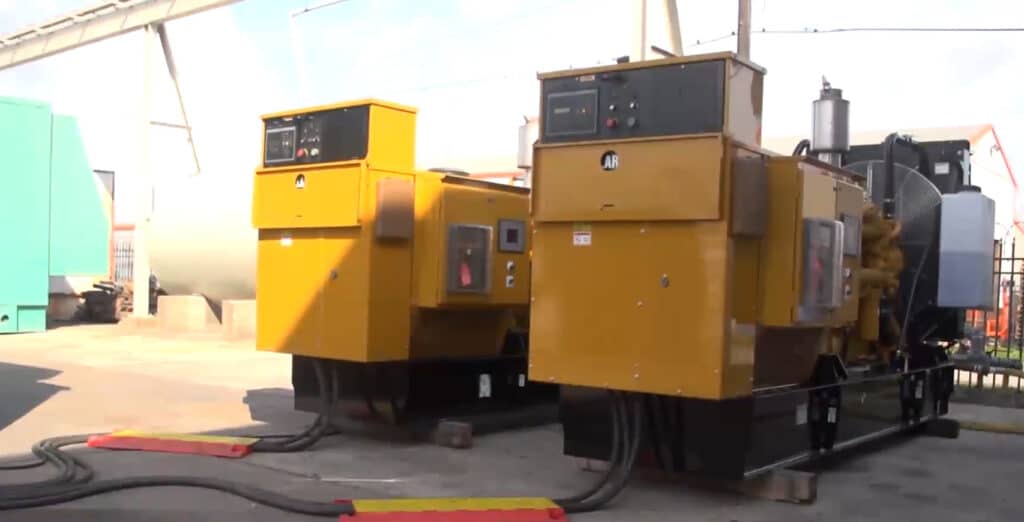
What is a Generator Load Bank?
A generator load bank is a device that applies an electrical load to a power source, testing its ability to generate power and maintain specified current and voltage levels. Conducting a load bank test for your generator ensures it can supply the power your business needs during a power outage.
There are four types of load banks designed to test generator capabilities:
- Resistive load bank – the most common type, which converts electrical energy to heat using resistors, testing a generator at 100% capacity.
- Reactive load bank – converts electrical energy into a magnetic field and tests up to 75% of full power, making it ideal for testing motorized devices and transformers.
- Resistive/Reactive – a combination of resistive and reactive load banks, used to measure specific generator functions, best suited for large capacity generators or multiple units.
- Electronic – tests for average and peak load capacities with precise data, providing the most detailed information and a wide range of applications; however, it is the most expensive option.
While generators offer peace of mind, regular load bank testing is essential to guarantee that your backup generator will function properly in an emergency. Inspecting and testing backup generators ensures their reliability when needed most. The experts at Depco are committed to conducting thorough inspections and tests, confirming that every generator serves as a dependable and consistent solution for your backup power requirements.
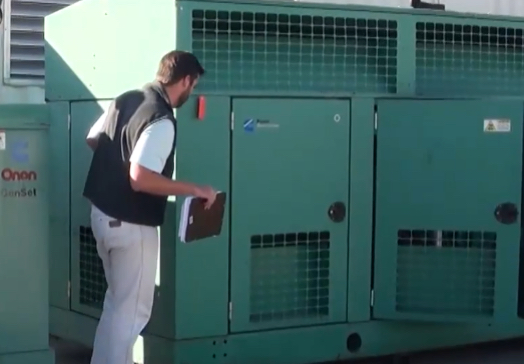
Preparing, Inspecting, and Conducting Load Bank Tests
Safety should be the top priority when preparing for a load bank test. Ensure that qualified personnel with load bank expertise are handling the process and are equipped with appropriate safety gear. Pretest preparations involve determining the load bank rating, inspecting the generator thoroughly, and conducting any necessary repairs before testing.
A full inspection of the generator includes:
- Removing cutoff wiring
- Opening every connection box to check the wiring
- Testing engine coolant
- Testing battery charger and block heater when present
- Servicing the engine if needed
- Replacing parts if needed
Conducting a Generator Load Bank Test
Start by running the unit for 5 minutes. Conduct a thorough check of general operating conditions and look for any potential leaks while the unit is running. After completing inspections, adjustments, or repairs, connect and set up the load bank for testing. Proceed to test at full load for one hour.
During the test, assess and record the following:
- Generator’s power output at full load
- Cooling system function
- Lube oil pressure
- Base pressure
- Voltage fluctuation
- Responsiveness to load changes
- Turbo boost
- Fuel pressure
- Oil temperature
- AC voltage, current, and frequency
Based on the test results, further adjustments or repairs may be needed to ensure the generator meets the manufacturer’s specifications.
Complete any additional servicing, and retest the generator. Routine service should include testing batteries, inspecting filters, cleaning battery terminals, inspecting the cooling system, and replacing or repairing any parts that do not pass inspection.
At Depco Power Systems, we use an eight-step process known as “The Depco Way.” Every unit that enters our facility undergoes a comprehensive inspection, testing, and servicing procedure to meet our high-quality standards. This ensures that any generator from Depco delivers reliable backup power when you need it most.
Benefits of Generator Load Bank Testing
One of the most significant benefits of regular load bank testing is the peace of mind it provides, knowing your generator will function effectively when needed. Comprehensive load testing helps identify potential issues, such as damaged components and operational inefficiencies, allowing operators to address them before they become more costly.
Consistent maintenance and timely replacement of damaged parts extend your generator’s lifespan. For diesel generators, load testing helps prevent wet stacking, which typically occurs when generators run light loads for extended periods. Load tests enable diesel generators to operate at their designated temperature, ensuring complete fuel combustion and preventing unburned fuel and soot from accumulating in the exhaust system.
Local regulations or industry standards may mandate routine generator load bank testing. Being aware of these requirements will enable your business to comply while also ensuring optimal generator performance.
Ensuring Generator Readiness and Efficiency
Regular generator load bank testing using a load bank ensures your generator is ready to power your business during a power outage or emergency. Comprehensive load bank testing, coupled with a thorough inspection of all systems, helps identify potential issues, enabling timely repair or replacement of parts to maintain optimal generator efficiency. If your business depends on industrial backup generators, regular load bank testing should be an integral part of your maintenance plan.
At Depco Power Systems, our experts specialize in load bank testing and meticulous inspections for industrial generators and generator sets. Our eight-point inspection process encompasses generator load bank testing, guaranteeing our generators meet manufacturer specifications and are prepared to support your business. Contact Depco today for all your generator needs, and browse our website for new and used diesel generators.



